
Including Ethnic Diversity in the Creedverse, my Weird West Alternate History
As the author of the Adventures of Bodacious Creed trilogy and the architect of the Creedverse, I’m driven by the desire to create a world that mirrors the rich, cultural diversity of the 19th-century American West. This alternate history steampunk universe is both a backdrop for thrilling adventures and a vibrant world where the stories of people from varied ethnic backgrounds interweave. Let’s now explore ethnic diversity in the Creedverse.
Crafting a Reflective Narrative
In the Creedverse, characters like James Creed and Anna Lynn Boyd, while being white, are integral to a narrative that celebrates diversity. They interact with, and are often influenced by, a variety of characters from different ethnicities, which adds layers to their own stories. Creed’s resurrection and transformation challenge the traditional notions of life and death, while Anna’s journey from a tragic childhood to a technological pioneer in a male-dominated society underscores themes of resilience and breaking barriers.
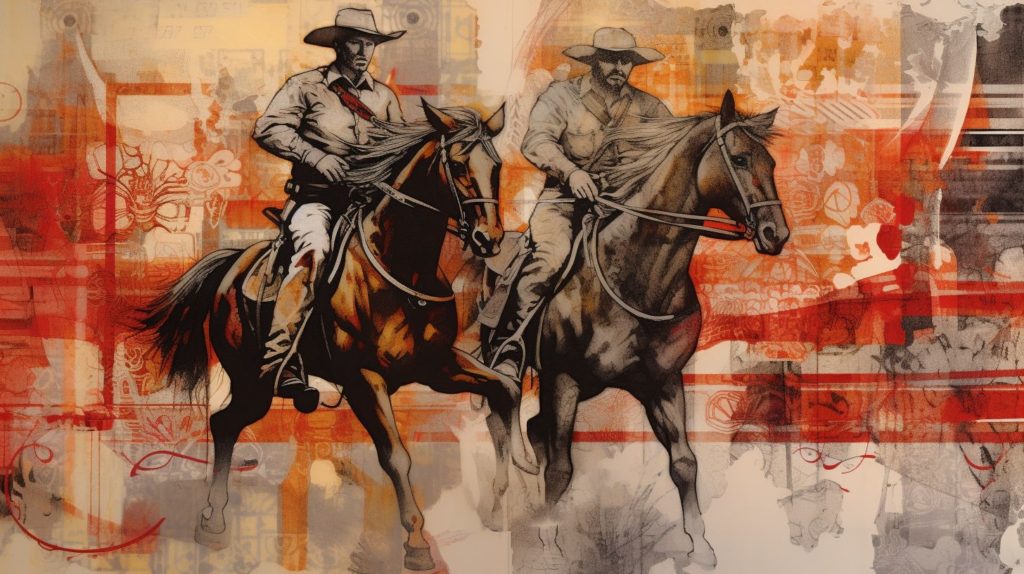
The Heroes
 James Creed: His transformation from a U.S. Marshal to a mechanically enhanced investigator after a tragic demise reflects themes of rebirth and redemption. His character arc, crossing the boundaries of life and death, adds a unique dimension to the traditional Western hero.
James Creed: His transformation from a U.S. Marshal to a mechanically enhanced investigator after a tragic demise reflects themes of rebirth and redemption. His character arc, crossing the boundaries of life and death, adds a unique dimension to the traditional Western hero.
Anna Lynn Boyd: Anna’s character is a brilliant blend of intellect and emotion, showcasing a woman’s ability to navigate and conquer the challenges in a male-dominated field. Her inventions and leadership at The House of Amber Doves underline the theme of female empowerment in an era where such notions were rare.
The Villains and Their Complexities
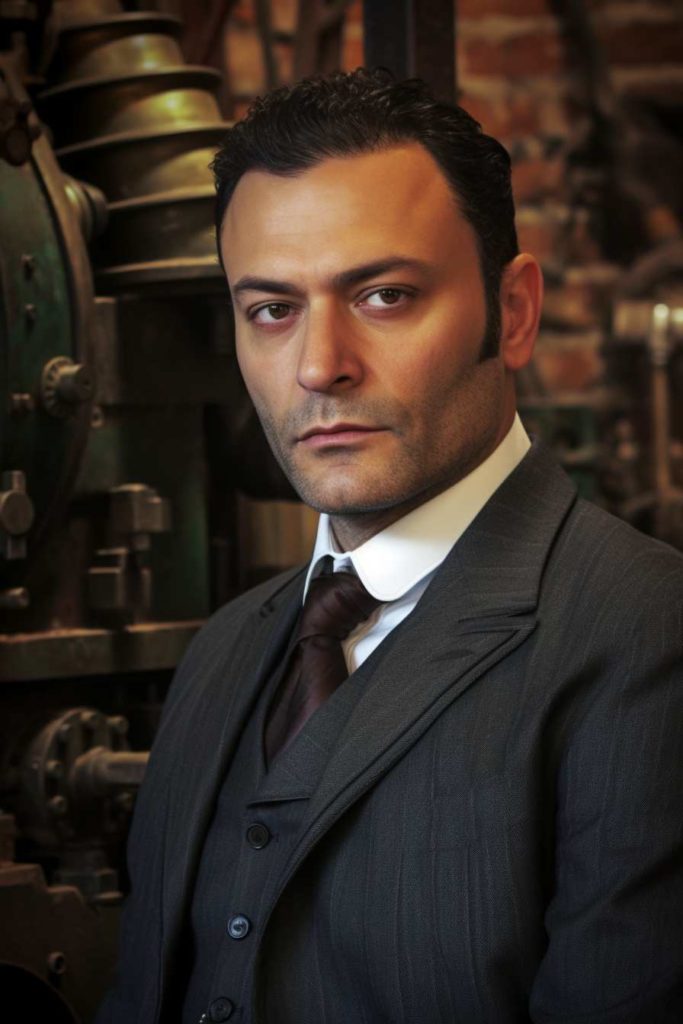 Maxwell Gregg: Gregg’s narrative explores how villainy can stem from ambition and how it is shaped by the society in which a person lives. His white ethnicity is incidental to his actions, portraying villainy as a human flaw, not confined to any race.
Maxwell Gregg: Gregg’s narrative explores how villainy can stem from ambition and how it is shaped by the society in which a person lives. His white ethnicity is incidental to his actions, portraying villainy as a human flaw, not confined to any race.
Ginger Guo and Dr. Darius Alexander: These characters bring a global perspective to the Creedverse, highlighting the broader implications of the era’s technological advancements and moral dilemmas. Their complex motives and actions add layers to the narrative, showcasing that characters of color can be as nuanced and integral to the story as their white counterparts.
The Allies
 Ethan Smith, Ace Feng, Selena Moreno, and Hiram Pinel: These are just a few of the characters representing different cultures and ethnicities, and they lend the Adventures of Bodacious Creed series authenticity and depth. Their unique perspectives and skills are essential in shaping the course of the story, and their interactions with other characters, including James Creed and Anna Lynn Boyd, highlight the interconnectedness of different cultures in the Creedverse.
Ethan Smith, Ace Feng, Selena Moreno, and Hiram Pinel: These are just a few of the characters representing different cultures and ethnicities, and they lend the Adventures of Bodacious Creed series authenticity and depth. Their unique perspectives and skills are essential in shaping the course of the story, and their interactions with other characters, including James Creed and Anna Lynn Boyd, highlight the interconnectedness of different cultures in the Creedverse.
Brotherhoods: Unity in Diversity
The Brotherhood of the Golden Cog, with members like Selena and Guillermo Moreno, and the Brotherhood of the Bold Ox, with members of several ethnicities, represent the unity in diversity that is central to the Creedverse. These organizations are not just groups of individuals but symbolize the collective strength that comes from diverse backgrounds and experiences. Their solidarity in the face of challenges underscores the narrative’s emphasis on community and cooperation.
AN AUTHOR’S Reflection
As an author, it’s been quite a journey to bringing to life a world that not only entertains but also reflects the diverse reality of our past and present. The Creedverse, with its array of characters from different ethnicities, is a testament to the power of storytelling in bridging cultural divides. I hope that this universe resonates with readers, reminding them of the strength found in diversity and the shared humanity that binds us all.
The ethnic diversity in the Creedverse is a celebration of the multifaceted nature of our society. By including characters like Selena and Guillermo Moreno alongside James Creed and Anna Lynn Boyd, the narrative becomes a rich, inclusive story that honors the diversity of the American West. It challenges conventional narratives, offering a more truthful and inclusive depiction of the era, while still presenting an alternate west with advanced technology. Through its diverse cast, the Creedverse highlights the importance of understanding and embracing our differences to create a more unified and just society.
“As someone obsessed with and who writes small-town America, if you don’t see diversity in your town, you’re not looking hard enough.” ~ Julie Murphy
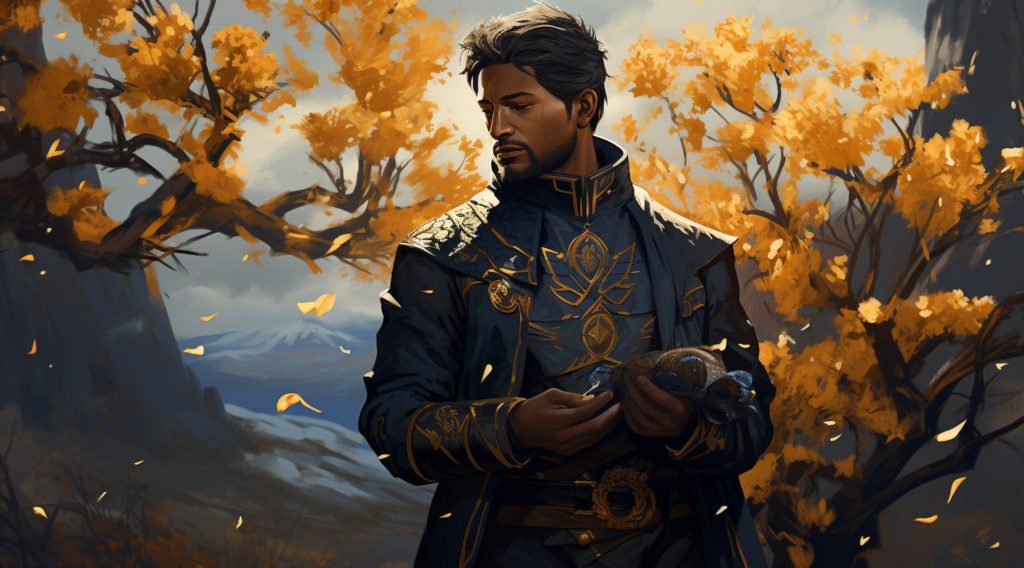
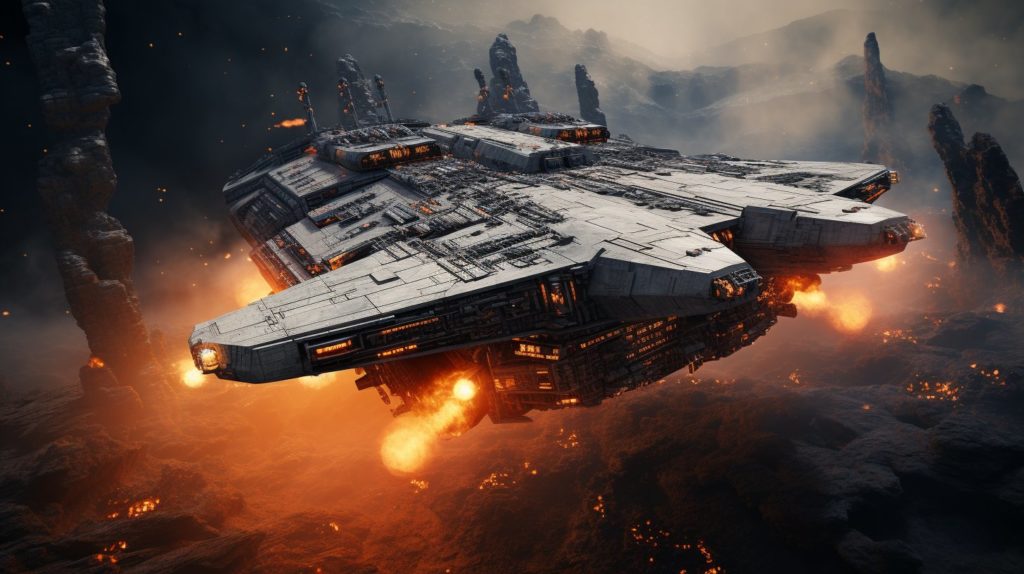

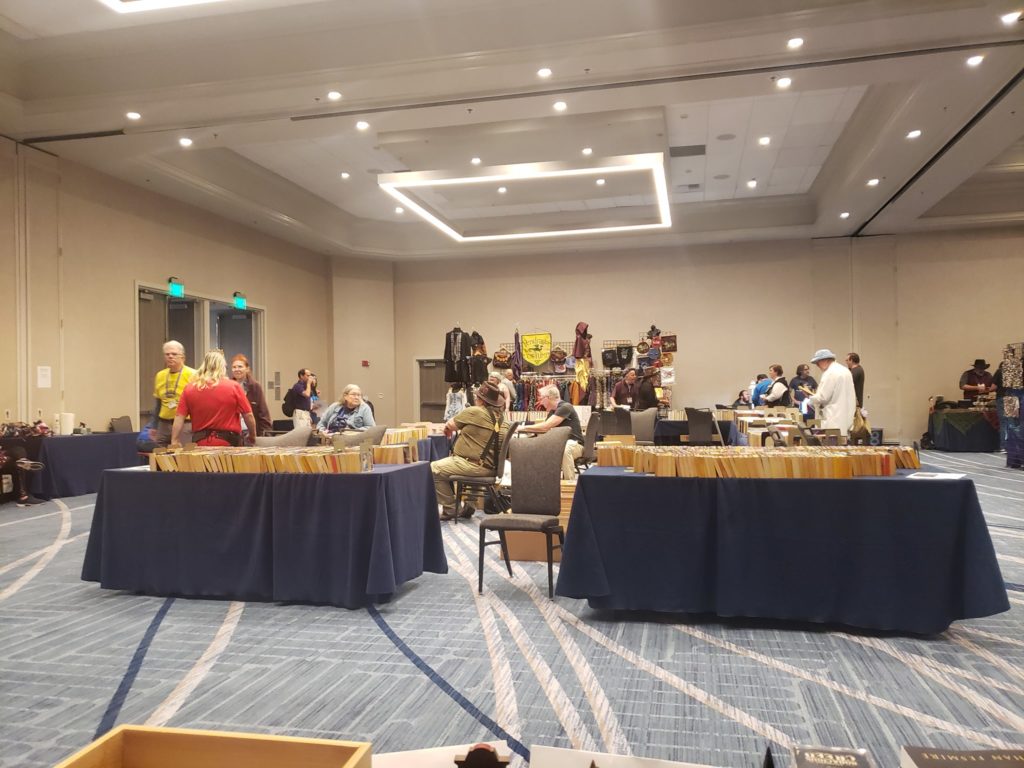
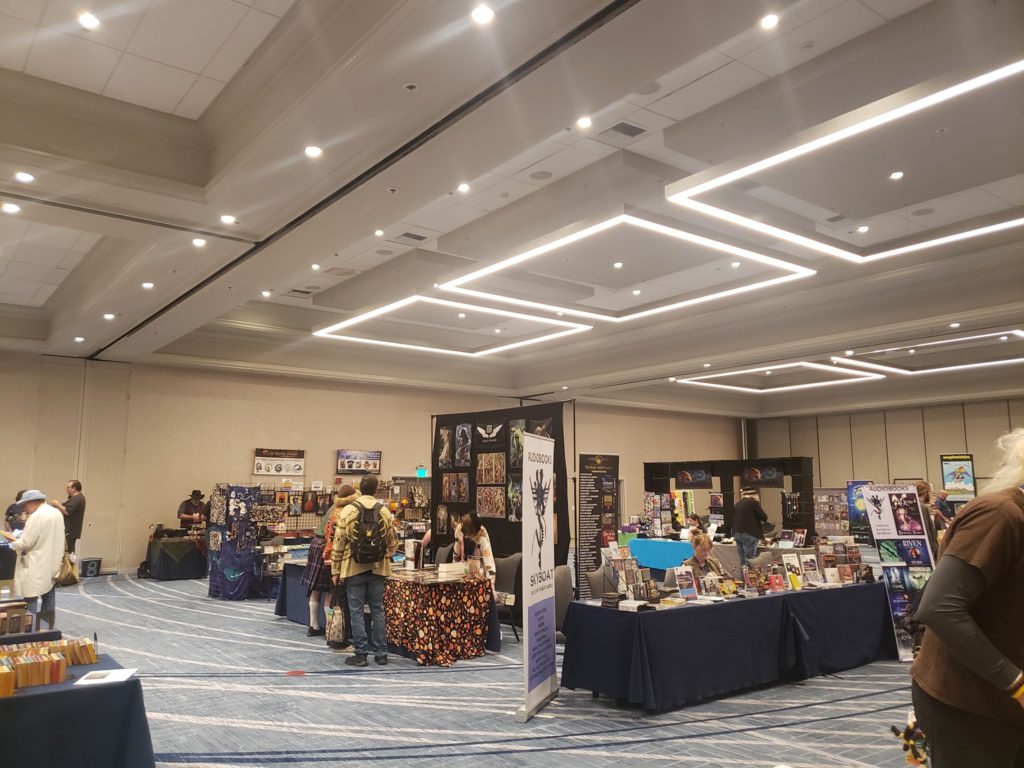
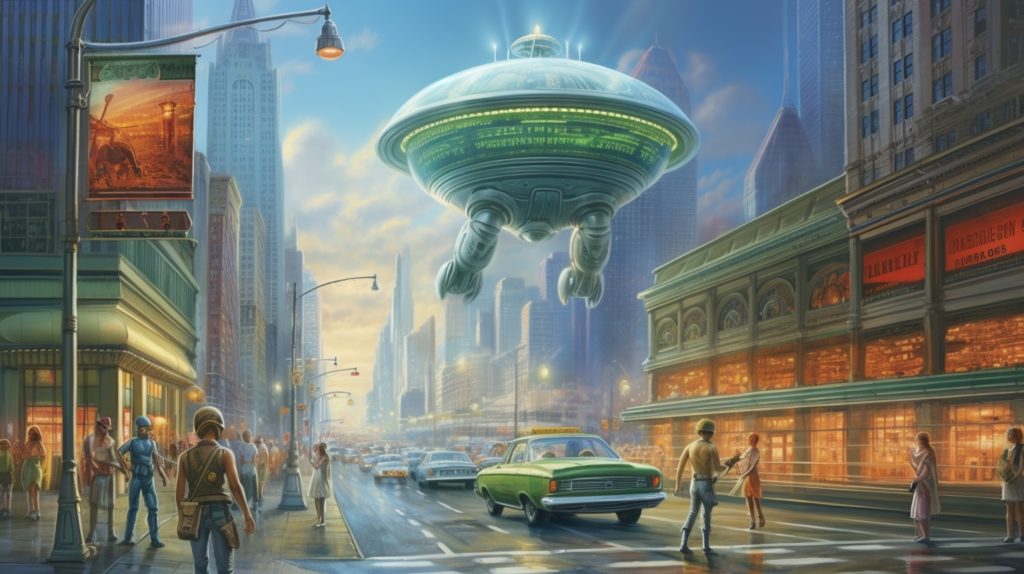
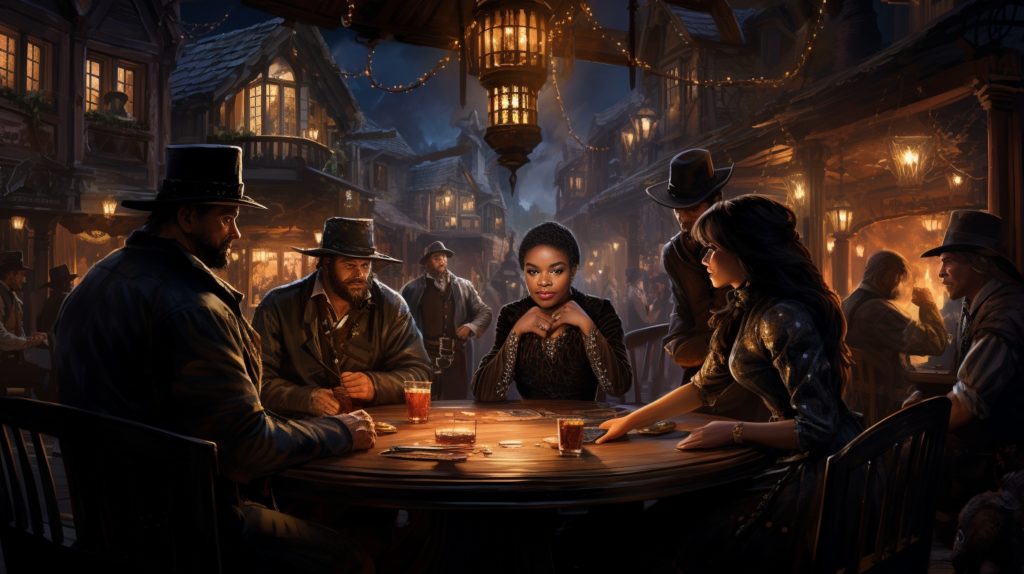

 On my second attempt, the draft grew to about 66,000 words. Concurrently, I was expanding the
On my second attempt, the draft grew to about 66,000 words. Concurrently, I was expanding the  Transparency with you, my readers, is vital. I want you to know that your anticipation and support fuel my commitment to this story. Once this next draft reaches its completion, I plan to launch a Kickstarter campaign to cover editing and other publishing necessities. If you’re curious about the kind of rewards and perks this might include, take a look at the campaign we had for
Transparency with you, my readers, is vital. I want you to know that your anticipation and support fuel my commitment to this story. Once this next draft reaches its completion, I plan to launch a Kickstarter campaign to cover editing and other publishing necessities. If you’re curious about the kind of rewards and perks this might include, take a look at the campaign we had for 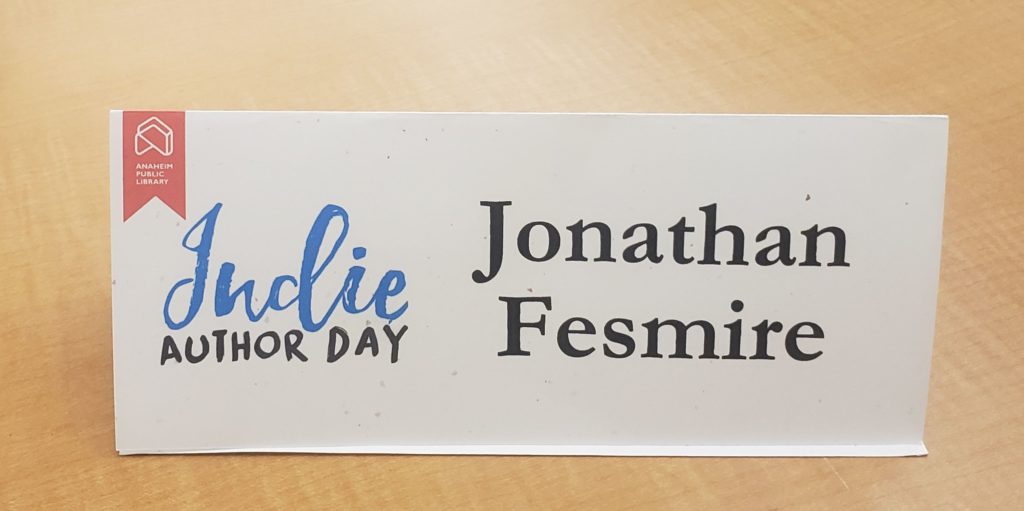
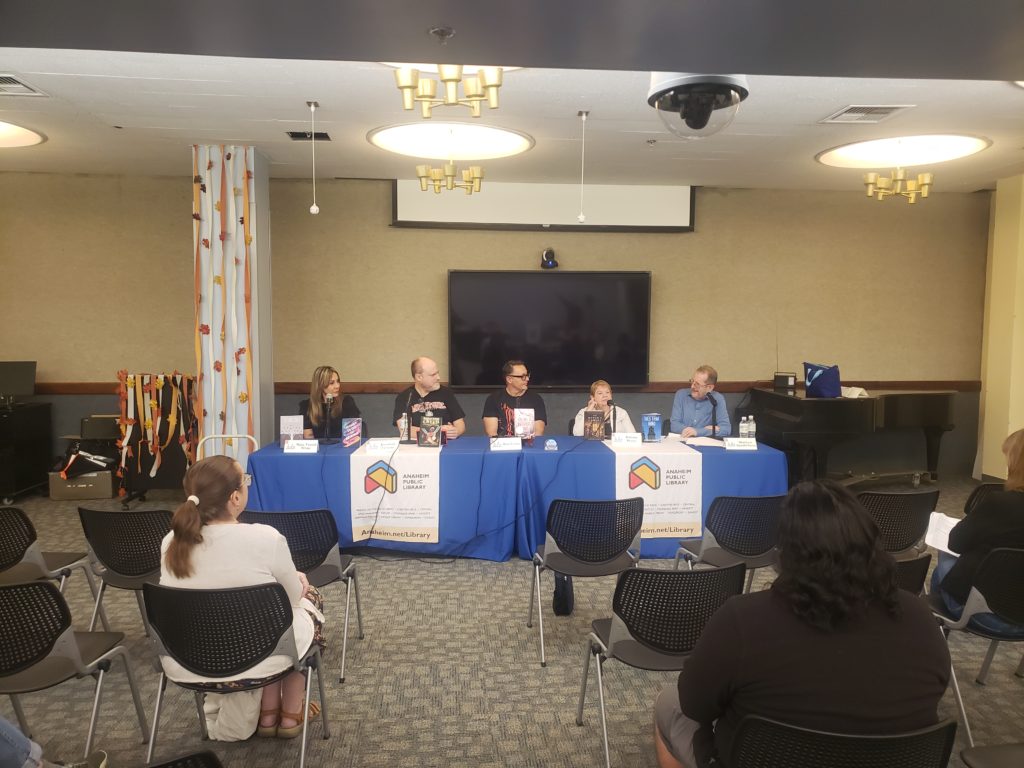 At noon I was on a panel, “Crafted Words: Mastering the Writer’s Toolbox,” where we shared an insightful discussion on various tools available to writers. From mental fortitude to the latest software, we covered a gamut that I believe the audience found valuable. Max Evans’s use of “flow state” as a measure of a successful writing day was particularly thought-provoking, suggesting that the qualitative experience of writing can be just as important as quantitative goals.
At noon I was on a panel, “Crafted Words: Mastering the Writer’s Toolbox,” where we shared an insightful discussion on various tools available to writers. From mental fortitude to the latest software, we covered a gamut that I believe the audience found valuable. Max Evans’s use of “flow state” as a measure of a successful writing day was particularly thought-provoking, suggesting that the qualitative experience of writing can be just as important as quantitative goals.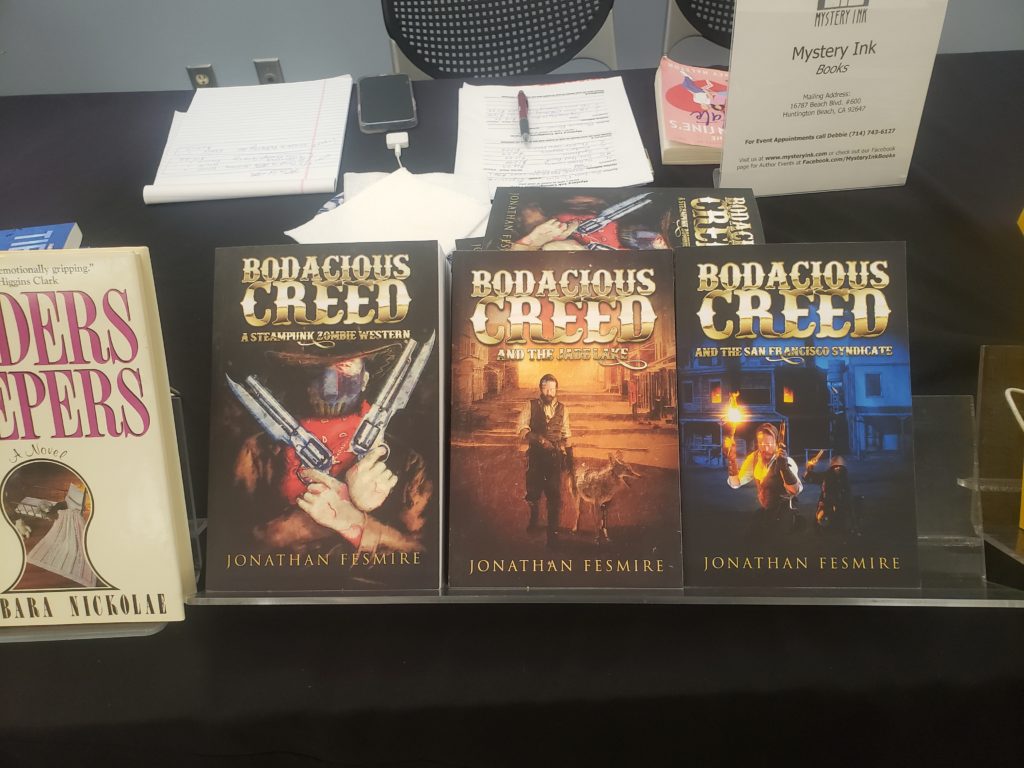 I spent the final hour visiting the vendor tables upstairs and networking, exchanging business cards and bookmarks, and buying a couple of books. For emerging authors looking to build their networks, my advice is to be proactive yet personal; collect contacts at the event, and more importantly, engage with them afterward through thoughtful follow-ups.
I spent the final hour visiting the vendor tables upstairs and networking, exchanging business cards and bookmarks, and buying a couple of books. For emerging authors looking to build their networks, my advice is to be proactive yet personal; collect contacts at the event, and more importantly, engage with them afterward through thoughtful follow-ups.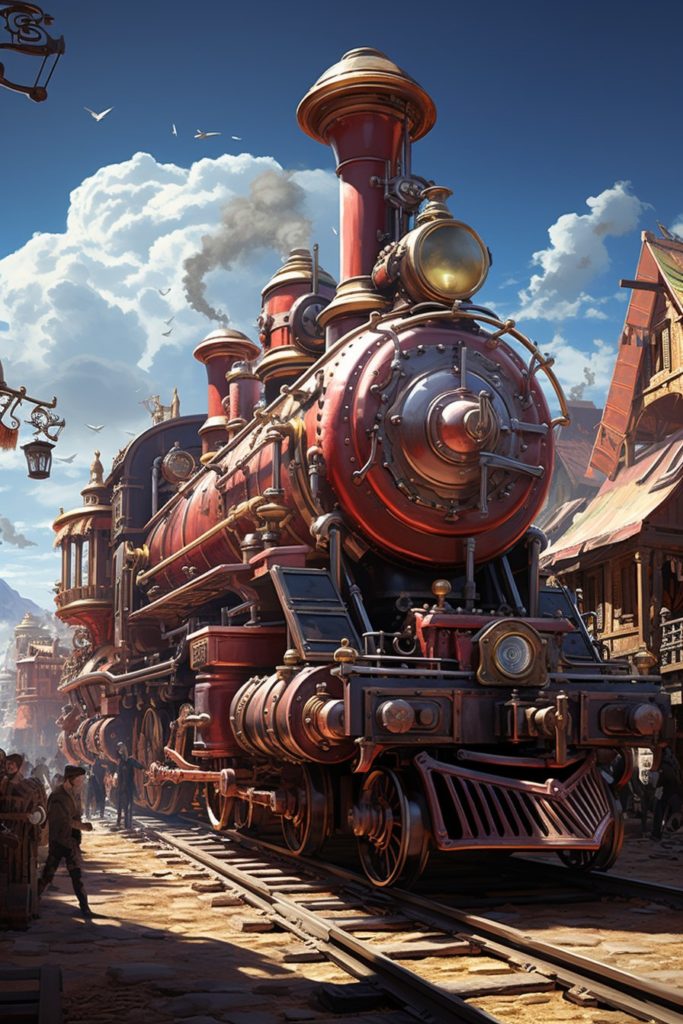 The Steampunk genre takes the historical elements of the Victorian era and fuses them with imaginative and speculative technology. From fantastical airships to steam-powered mechanical beasts, this intriguing genre evokes a sense of nostalgia while inspiring dreams of a retro-futuristic world. This fusion creates an atmosphere that’s both antiquated and advanced, offering endless possibilities for storytelling and world-building. For fans of my own steampunk world, the Creedverse, the infusion of Wild West elements into the steampunk aesthetic offers an additional layer of complexity and imagination.
The Steampunk genre takes the historical elements of the Victorian era and fuses them with imaginative and speculative technology. From fantastical airships to steam-powered mechanical beasts, this intriguing genre evokes a sense of nostalgia while inspiring dreams of a retro-futuristic world. This fusion creates an atmosphere that’s both antiquated and advanced, offering endless possibilities for storytelling and world-building. For fans of my own steampunk world, the Creedverse, the infusion of Wild West elements into the steampunk aesthetic offers an additional layer of complexity and imagination.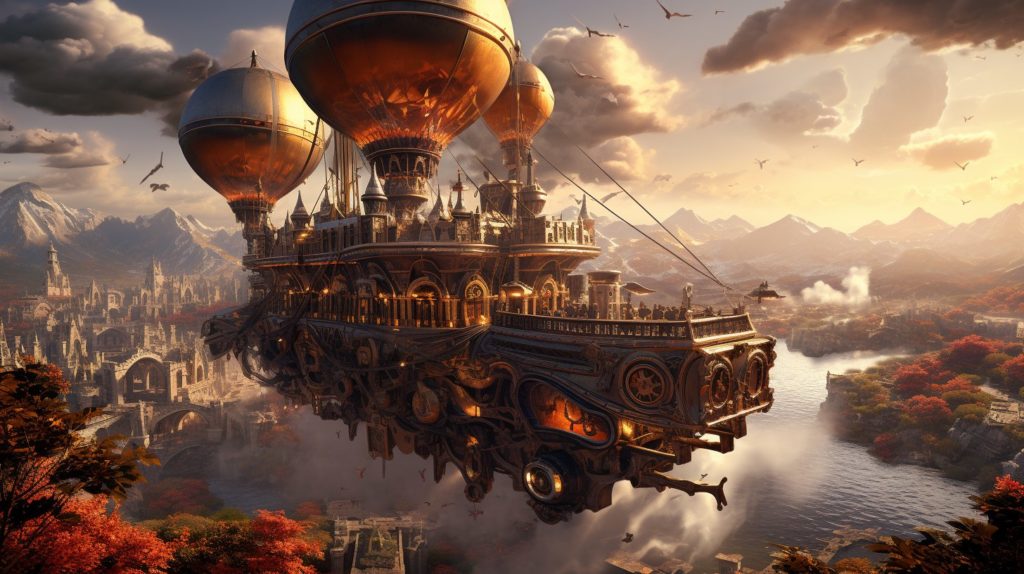
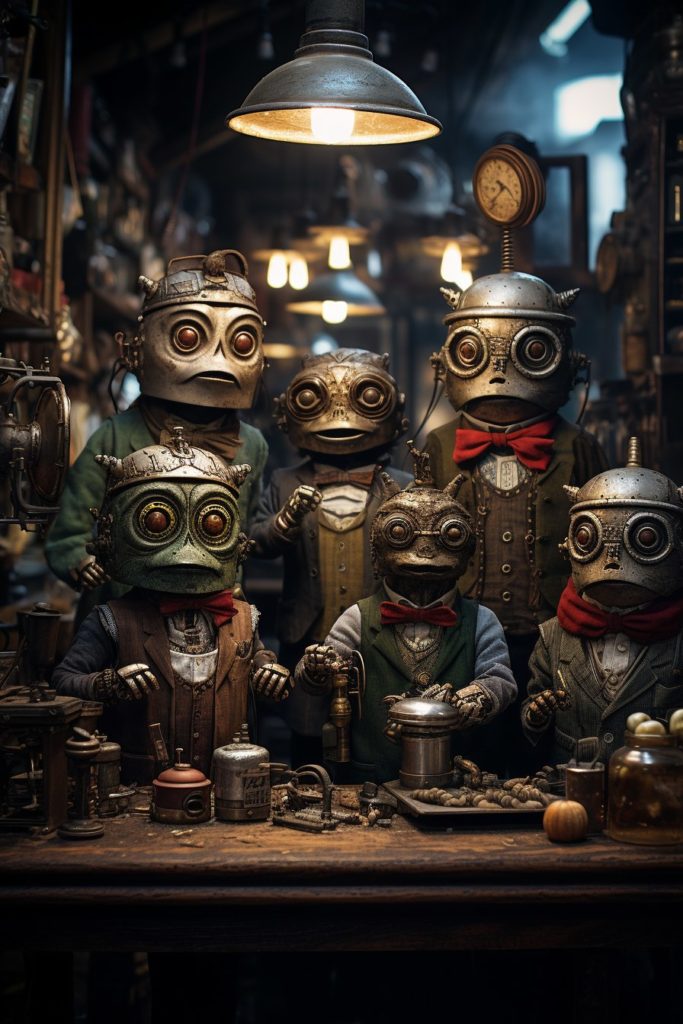 Human-like automatons and mechanical animals have fascinated people since ancient times, but it was in the Victorian era when these ideas started to become more technically feasible. Most of these historical automata were operated by clockwork mechanisms. However, the steampunk genre often imagines more complex and functional beings powered by steam or other, more fantastical, sources of energy. These mechanical creatures often possess human-like traits, adding a layer of emotional complexity to the genre. In the Creedverse,
Human-like automatons and mechanical animals have fascinated people since ancient times, but it was in the Victorian era when these ideas started to become more technically feasible. Most of these historical automata were operated by clockwork mechanisms. However, the steampunk genre often imagines more complex and functional beings powered by steam or other, more fantastical, sources of energy. These mechanical creatures often possess human-like traits, adding a layer of emotional complexity to the genre. In the Creedverse, 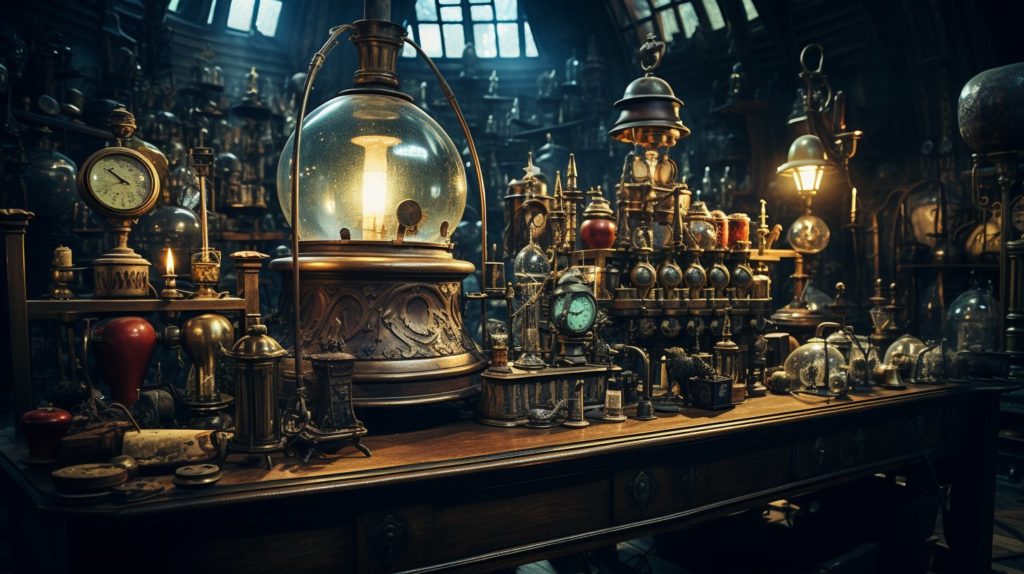
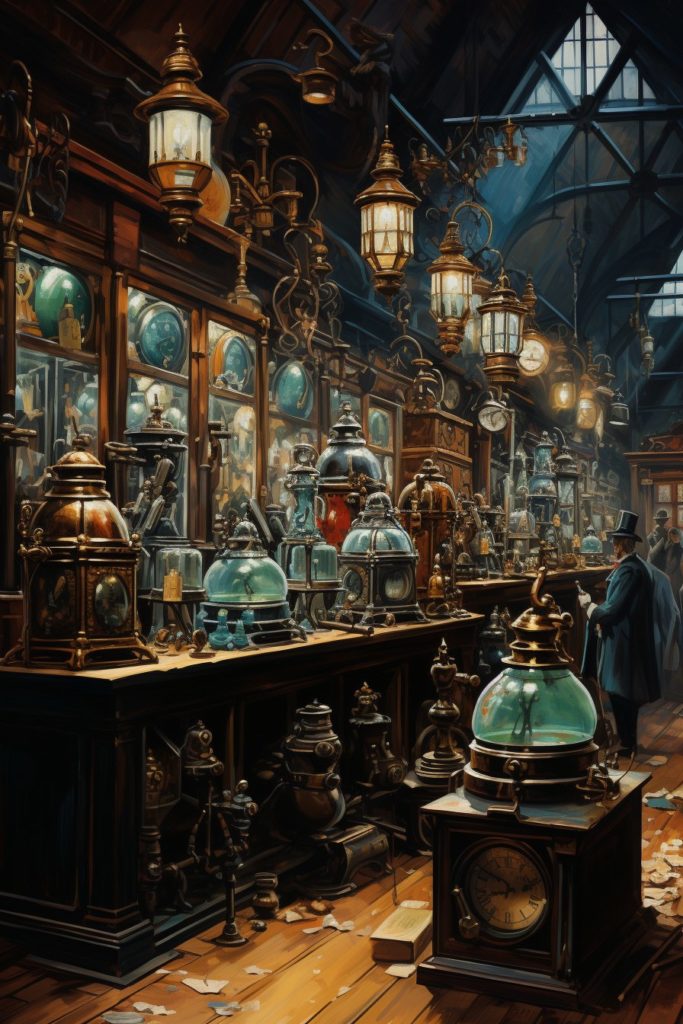 From steam-powered mechanical beasts to advanced medical clinics, the science behind steampunk is a fascinating blend of the historically plausible and the creatively speculative. It draws us into worlds both familiar and exotic, offering a unique lens through which to examine our own technological achievements and aspirations. It also presents an intriguing paradox, blending the antique with the futuristic in ways that challenge our perceptions of progress and possibility. For fans of the Creedverse, this blend of Wild West and steampunk elements, exemplified by inventions like auto sapients, adds a unique flavor to the genre while pushing the boundaries of what we traditionally view as possible in a historical setting.
From steam-powered mechanical beasts to advanced medical clinics, the science behind steampunk is a fascinating blend of the historically plausible and the creatively speculative. It draws us into worlds both familiar and exotic, offering a unique lens through which to examine our own technological achievements and aspirations. It also presents an intriguing paradox, blending the antique with the futuristic in ways that challenge our perceptions of progress and possibility. For fans of the Creedverse, this blend of Wild West and steampunk elements, exemplified by inventions like auto sapients, adds a unique flavor to the genre while pushing the boundaries of what we traditionally view as possible in a historical setting.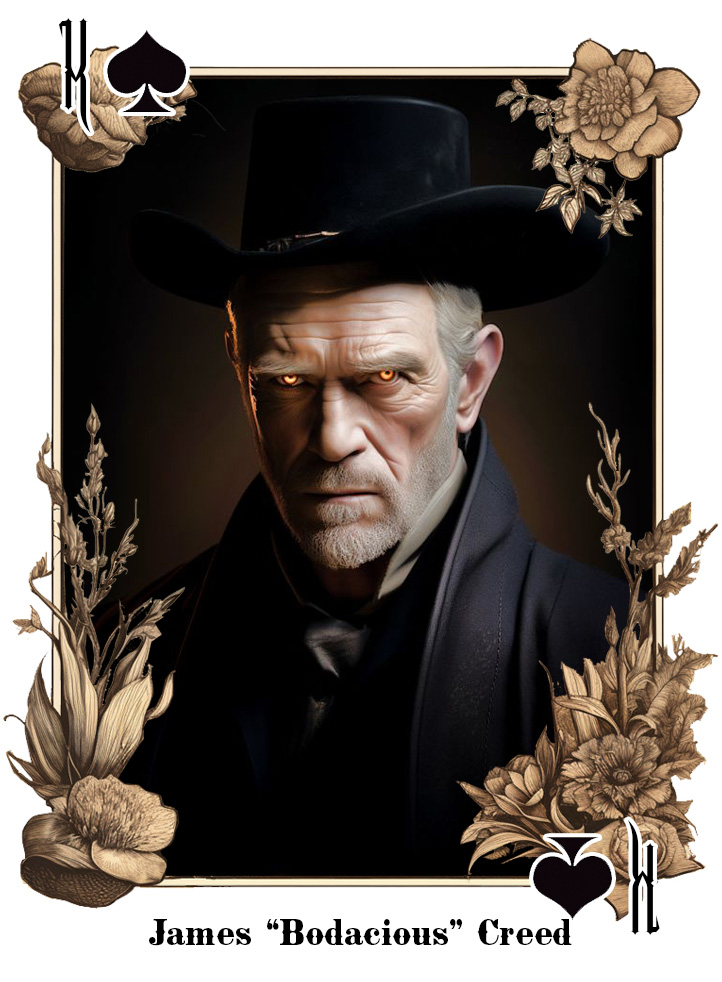
 The luminiferous ether, in the Creedverse, is more than just an abstract concept; it is the lifeblood of a technological renaissance. While scientists in our world could only speculate about its existence, in the Creedverse, Anna Lynn Boyd transformed this energy into tangible reality. Her creation of celestium alloy ushered in an era in which steam engines became marvels of efficiency and power. This metallic wonder didn’t just revolutionize transportation; it became the cornerstone of numerous technological advancements, pushing the boundaries of society deemed possible in medical science, personal stealth, and mechanical cognition.
The luminiferous ether, in the Creedverse, is more than just an abstract concept; it is the lifeblood of a technological renaissance. While scientists in our world could only speculate about its existence, in the Creedverse, Anna Lynn Boyd transformed this energy into tangible reality. Her creation of celestium alloy ushered in an era in which steam engines became marvels of efficiency and power. This metallic wonder didn’t just revolutionize transportation; it became the cornerstone of numerous technological advancements, pushing the boundaries of society deemed possible in medical science, personal stealth, and mechanical cognition.
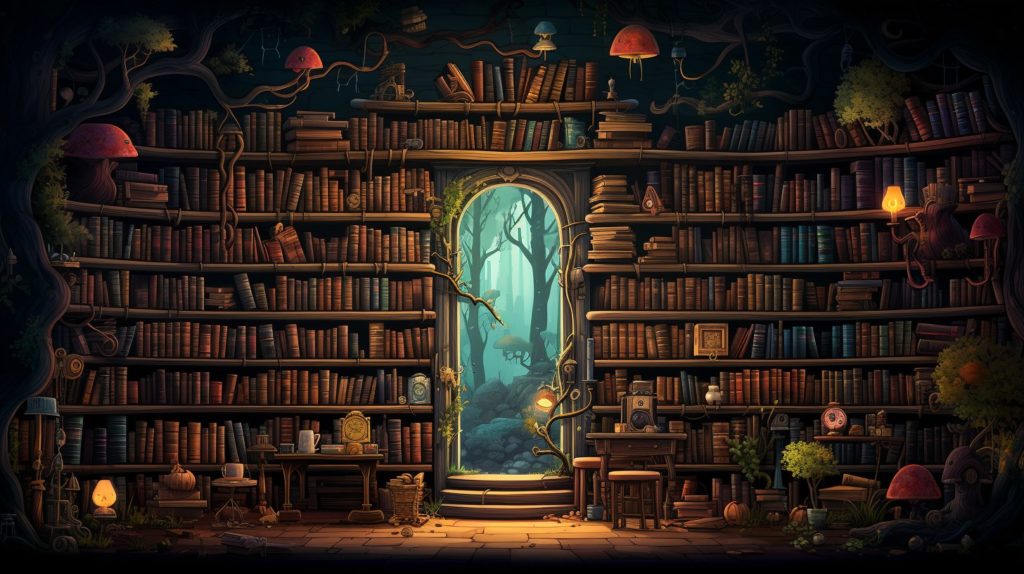
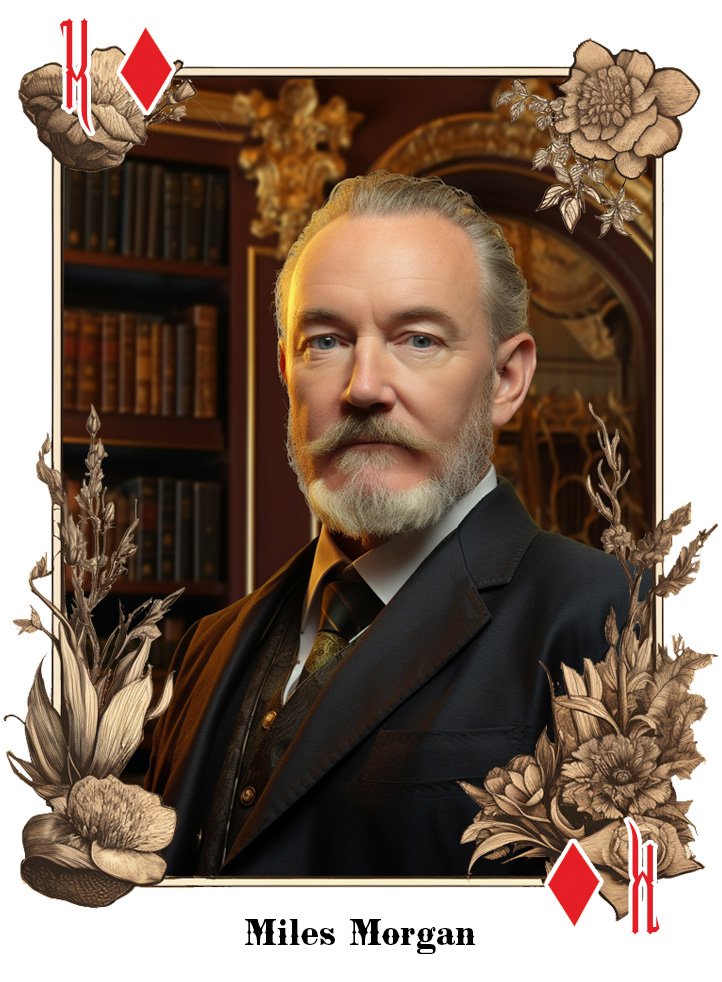
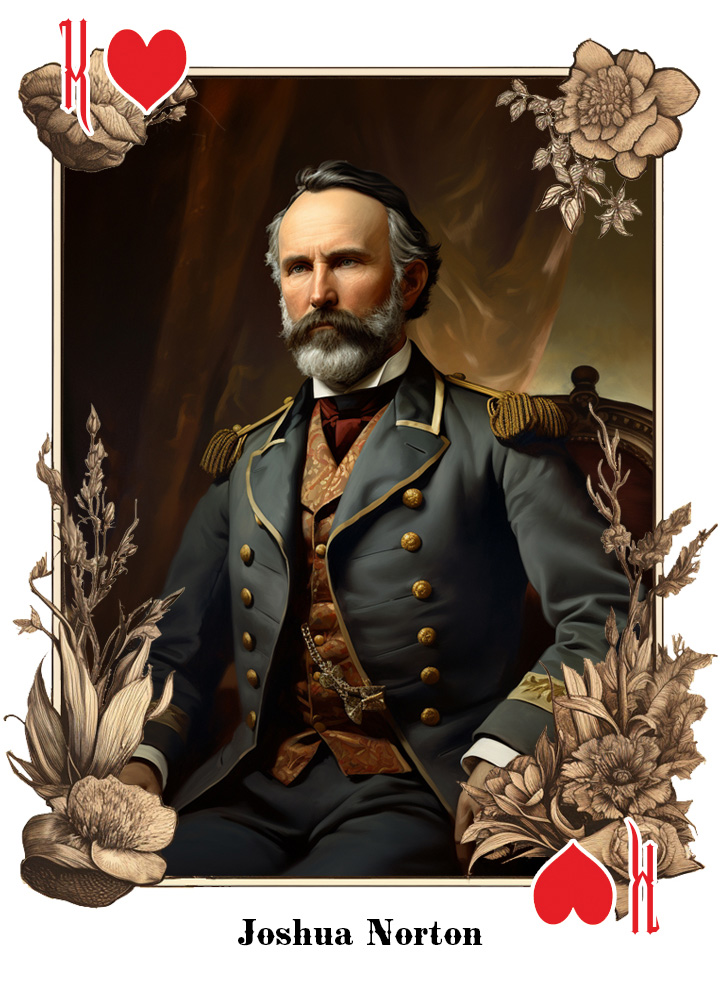 In constructing the Creedverse, I couldn’t help but integrate the vibrant real-life figure of Emperor Norton into the tapestry of my universe. His story is both peculiar and heartwarming, a tale of how a society lovingly embraced a man and his unique worldview.
In constructing the Creedverse, I couldn’t help but integrate the vibrant real-life figure of Emperor Norton into the tapestry of my universe. His story is both peculiar and heartwarming, a tale of how a society lovingly embraced a man and his unique worldview.